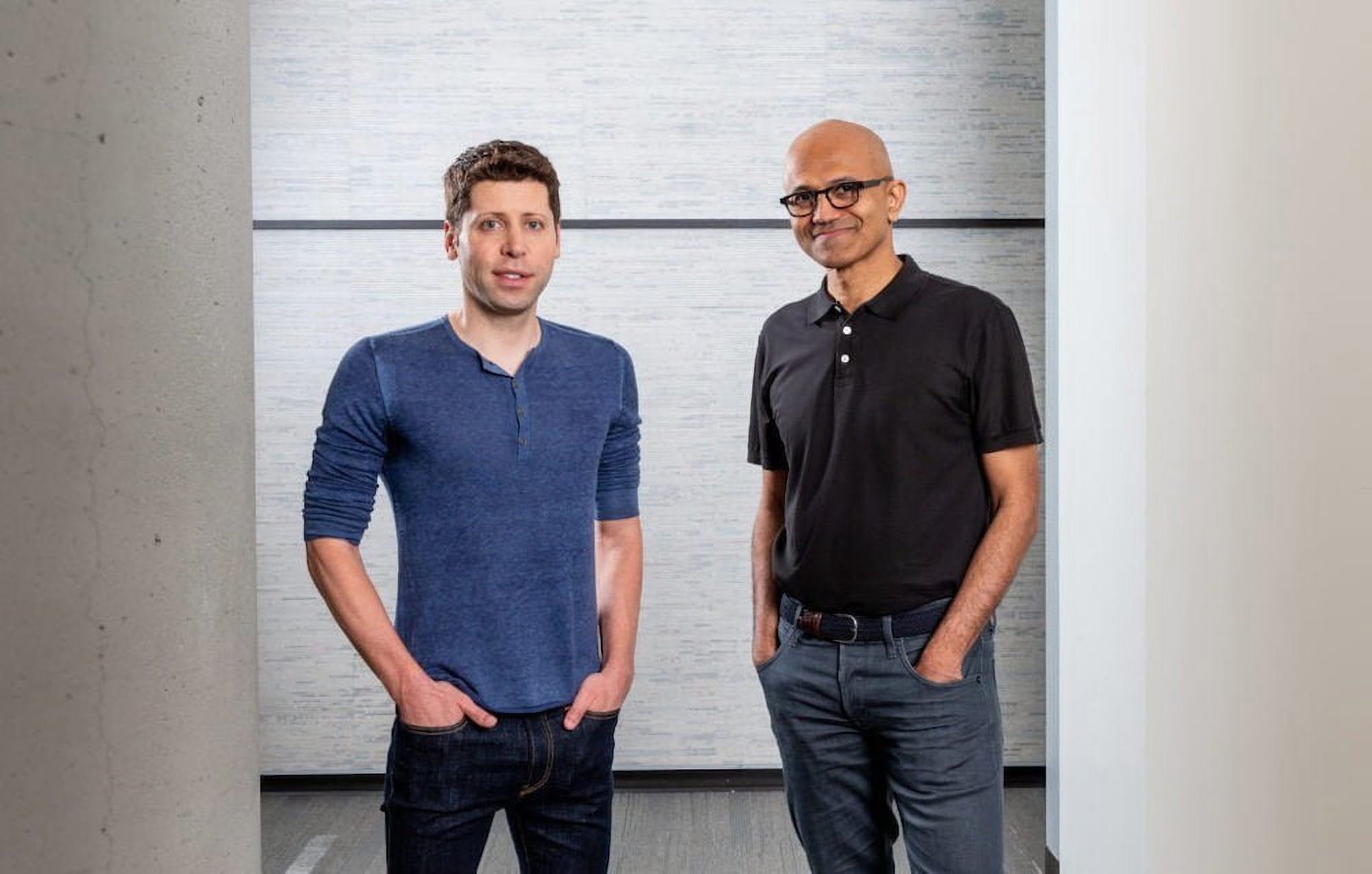OpenAI discusses a for-profit future that could give Microsoft more control

Key Points
- OpenAI CEO Sam Altman told shareholders that the company may change its structure to a for-profit benefit corporation. This would pave the way for an IPO and allow Altman to acquire shares in the company.
- The restructuring is still under discussion, but is intended to maintain a link to the original nonprofit organization. Competitors such as Anthropic and xAI have already adopted a similar structure.
- Microsoft, which has invested heavily in OpenAI, could gain more influence, such as a board seat and shareholder voting rights.
OpenAI CEO Sam Altman recently informed shareholders that the company is considering changing its structure to a for-profit benefit corporation. This move could pave the way for an initial public offering (IPO) and potentially give Microsoft more control over the company.
According to a person who heard his remarks, Altman told shareholders that the AI developer is considering transforming its corporate structure into a for-profit company not controlled by OpenAI's nonprofit board. One possible scenario is converting to a for-profit benefit corporation, a structure already adopted by competitors like Anthropic and xAI, reports The Information.
The change could clear the path for a future IPO of OpenAI, which is currently valued at $86 billion. It would also provide Altman with the opportunity to acquire a stake in the rapidly growing company.
The Information states that discussions about the restructuring are ongoing and part of a broader consideration to alter OpenAI's structure while maintaining its connection to the original nonprofit organization.
Microsoft could gain direct influence over OpenAI through restructuring
The restructuring could align with Microsoft's interests. Last fall's drama surrounding the nonprofit board and Altman briefly made the software giant's investments appear misguided. However, Altman quickly regained trust and even briefly switched to Microsoft before returning to OpenAI.
According to The Information, some senior Microsoft managers have advocated for years to convert OpenAI into a for-profit company. Such a structure would allow Microsoft to gain more influence over OpenAI, potentially through a board seat and voting rights for shareholders, according to one of the managers. The relationship between Microsoft and OpenAI is already under critical observation by the European Commission.
AI News Without the Hype – Curated by Humans
As a THE DECODER subscriber, you get ad-free reading, our weekly AI newsletter, the exclusive "AI Radar" Frontier Report 6× per year, access to comments, and our complete archive.
Subscribe now